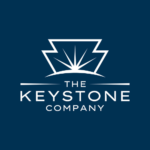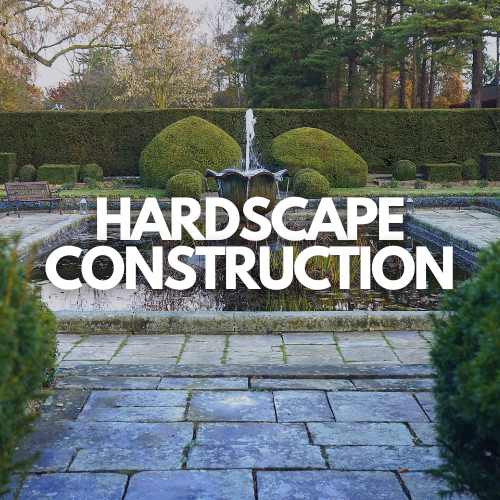For property owners looking to enhance outdoor spaces, hardscape construction is a great way to create stunning, functional areas and increase property values without adding significant maintenance costs.
In this article, we will explore questions surrounding hardscape construction, so you can decide whether or not hardscaping is right for your property.
What is hardscape construction?
Hardscape construction refers to the creation of non-living features in outdoor spaces, such as patios, walkways, retaining walls, and other structures. Hardscaping uses materials such as concrete, brick, stone, and wood to create these features.
If you’re a homeowner in Southern California, you may have considered hardscaping to enhance your outdoor living spaces while being water-conscious. Hardscaping is especially popular in California due to the need for water conservation and fire prevention.
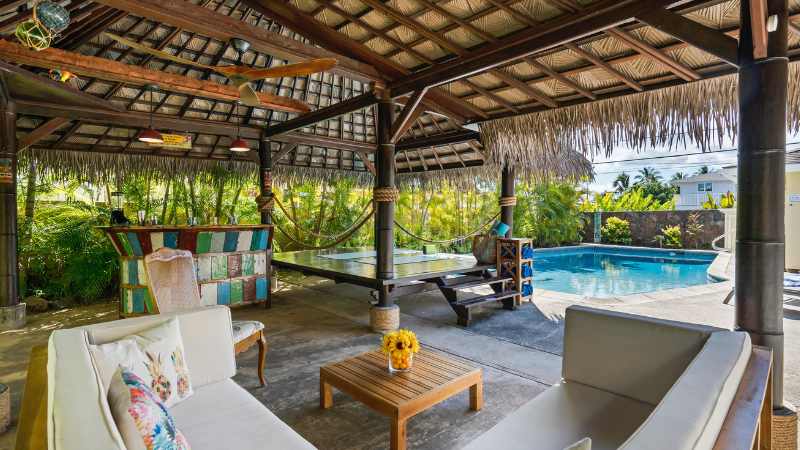
Compared to softscapes which feature plants and grass, hardscapes are low-maintenance and virtually water-free ways to spruce up your property’s landscape.
Features like patios, walkways, and retaining walls are also durable and can add aesthetic value to your property. Additionally, hardscaping can help prevent soil erosion and reduce water runoff by using permeable surfaces, such as permeable pavers, that allow water to seep into the ground rather than flow onto sidewalks and streets.
Planning and executing hardscape projects carefully is essential, as improper installation can lead to problems such as drainage issues, uneven surfaces, and other safety hazards. Hiring a reputable contractor like The Keystone Company with years of experience in hardscaping services is crucial to ensure that your project is completed correctly. When done properly, hardscaping can be an excellent way to enhance the overall look and functional space of your outdoor area and increase your property’s overall value.
What is considered a hardscape?
Hardscape elements are the non-living features in outdoor environments made from materials like natural stone, brick, or concrete. Hardscape construction projects can include many features, such as paver patios, retaining walls, flagstone patios, brick walls, pool decks, and rock formations.
These hardscaped areas provide a functional space for outdoor living and can also increase your curb appeal and overall property value. Additionally, hardscaping is a great way to control erosion and protect your softscape by preventing water runoff.
What Is The Difference Between Hardscaping And Landscaping?
Landscaping involves using living elements like plants, trees, and grass to enhance the overall look and feel of your outdoor space. Hardscaping, on the other hand, involves the installation of non-living features like patios, walkways, and retaining walls to create functional spaces within the outdoor area.
While landscaping is focused on softscape elements that require maintenance and regular care, hardscaping is all about using hard surfaces and materials to create permanent structures that require minimal upkeep.
The ideal outdoor living space will often combine landscaping and hardscaping elements to create a well-balanced and visually appealing area. For example, you could build a walkway that curves through a succulent garden, grass, or row of trees.
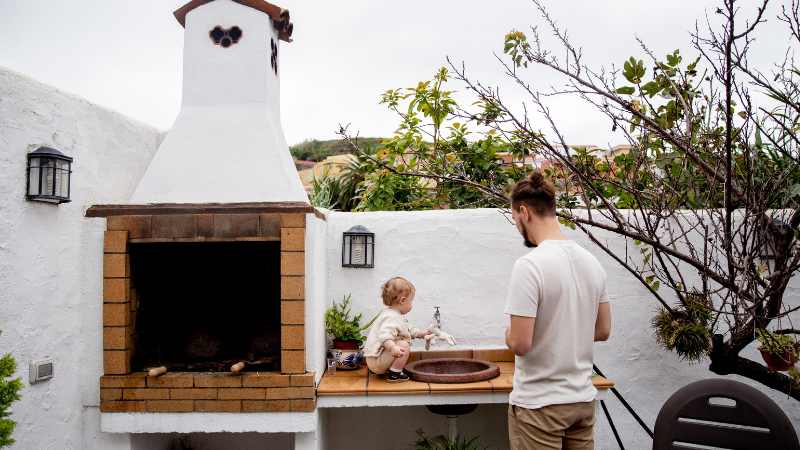
What Are The Types Of Hardscaping?
Some common types of hardscaping include:
- Patios: Patios are a popular feature in hardscaping projects, providing outdoor spaces for entertainment and relaxation. Paver and brick patios are popular materials for creating a solid and visually appealing outdoor space. These patios make for a great area to hold parties and get-togethers with friends and family.
- Walkways: Walkways are essential in any outdoor area, providing safe and easy passage from one place to another. Walkways are built using various materials such as natural stone, decorative rocks, and concrete pavers. A well-built and aesthetically pleasing walkway can liven up your property.
- Retaining Walls: Retaining walls are used to control soil erosion, create defined spaces, and add aesthetic value to the outdoor area. Retaining walls can be constructed using natural stone, brick, and decorative blocks, offering safety and visual appeal when done correctly. If you live in a place where floods or mudslides are common, such as Santa Barbara, retaining walls are a great safety feature to add to your property.
- Water Features: Water features such as fountains and ponds are a popular hardscaping element that adds visual interest and provides a relaxing atmosphere to any outdoor area. Water features can be created using various materials, including natural stone, concrete, and decorative rocks. Because the water is self-contained in these types of hardscaping, your long-term water use should be minimal unless it gets very hot and the water evaporates.
- Outdoor Kitchens and Fireplaces: If you want to entertain guests and make your property a more social and inviting place, outdoor kitchens and fireplaces are a great addition. From backyard cookouts to holiday parties and gatherings to watch sports, an outdoor kitchen makes for a fantastic addition to your home’s design.
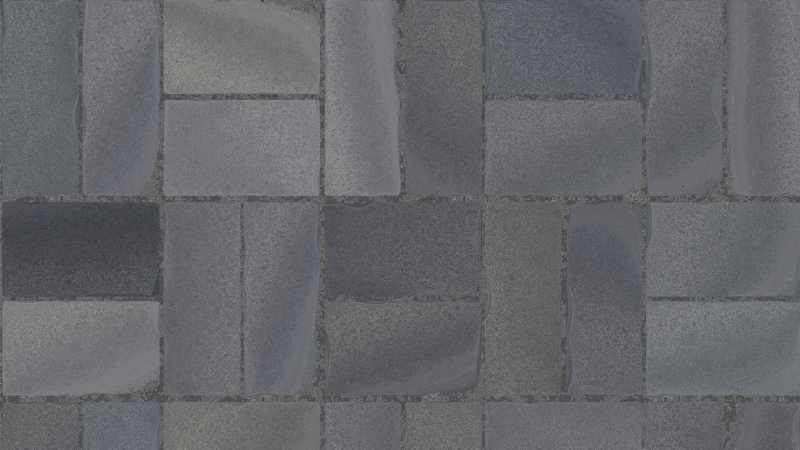
Does hardscaping add value to a home?
If you’re a homeowner looking to improve your property’s value, hardscaping is an excellent investment. Hardscaping elements can add significant aesthetic and practical value to your outdoor area, making your property more attractive to potential buyers.
For example, installing a new patio or walkway made from natural stone or brick can create a focal point in your outdoor area and provide a functional space for entertaining or relaxing.
Retaining walls can prevent soil erosion and add an attractive feature to your property’s landscaping, while water features like fountains and ponds can provide a calming atmosphere that enhances your property’s curb appeal.
Furthermore, hardscaping can help to reduce softscape maintenance, which can be a significant factor in the overall value of your property. By using non-living elements in your outdoor area, you can minimize the time and money spent on lawn care and other softscape maintenance while preventing water from eroding your garden or other softscape features.
Investing in hardscaping can be a wise decision for homeowners looking to increase their property’s overall value. Whether you’re looking to install a new patio or water feature, hardscaping elements can provide long-lasting and functional spaces that enhance your property’s aesthetic appeal and practicality.
How do I prepare for hardscaping?
If you plan on installing hardscaping elements on your property, it’s important to prepare appropriately to ensure a successful project outcome. Here are some steps you can take to prepare for hardscaping:
- Plan your hardscape design: Before starting any hardscaping project, it’s crucial to have a clear idea of what you want to achieve. When you work with your contractor to create your hardscaping plans, spend time figuring out your goals with the hardscape so your vision is clear and the work can be done according to your desires.
- Determine your budget: Because hardscaping projects can vary wildly in cost, you need to start by deciding on a budget. Once your budget is worked out, you can plan accordingly with the help of a licensed contractor to build a hardscape that fits within your budget.
- Consider practical concerns: Certain practical matters such as drainage, water runoff, and erosion control need to be considered when you plan your hardscape design. Your contractor can help identify potential issues and develop solutions to prevent future problems.
- Obtain necessary permits: Check your local building codes to see if you need to obtain permits from your local government. Your contractor should be able to help you navigate the permitting process and ensure all necessary approvals are obtained.
- Prepare the site: Preparing for hardscaping may involve grading and excavation, removing existing structures or landscaping features, and preparing the soil or irrigation lines for hardscape installation.
- Work with a trusted contractor: Hardscaping installation requires skill and expertise to ensure a successful outcome. By working with a trusted contractor like The Keystone Company, you can ensure that your project is completed to the highest quality and durability standards.
With some work upfront, you can prepare for hardscaping installation and ensure a successful project outcome that meets your practical and aesthetic needs.
How Can I Save Money On Hardscaping?
Hardscaping is costly, but there are ways to mitigate costs and save money based on your choice of materials and overall design. The most simple your hardscape plans, the cheaper they will be to implement.
Here are some tips to help you save money on hardscaping:
- Plan ahead: Planning ahead can save you money in the long run by avoiding last-minute changes and added expenses. Work with your contractor to develop a clear plan and timeline for your project, and ensure you understand all the costs involved before work begins. The clearer you can be ahead of time, the less likely you will be that you will run into problems that increase the cost of your hardscaping project.
- Choose inexpensive materials: The materials used in hardscaping can vary significantly in cost, so it’s important to choose affordable options that still meet your design goals. Your contractor should be able to provide you with a range of options and price levels related to material selection.
- Consider a phased approach: If your hardscaping project is particularly large or expensive, consider breaking it up into more minor phases. This can help you spread out the cost over time and avoid taking on too much debt while progressing toward your ultimate goal and vision for your hardscape.
- DIY some elements: If you’re handy and have some construction experience, you can save money by doing some of the hardscaping work yourself. It’s important to be honest with yourself about your skills and limitations to ensure that the project is completed safely and to a high standard of quality, which is why we suggest always working with a licensed contractor when designing and building hardscapes.
- Work with a trusted contractor: While it may be tempting to go with the lowest bid, it’s prudent to work with a licensed and experienced contractor with years of experience in hardscaping services. This saves you money and headaches by ensuring the project is completed safely, efficiently, and to a high-quality standard. Like most things in life, do it right the first time, or don’t do it at all!
By following these tips, you can save money on your hardscaping project without compromising quality or design.
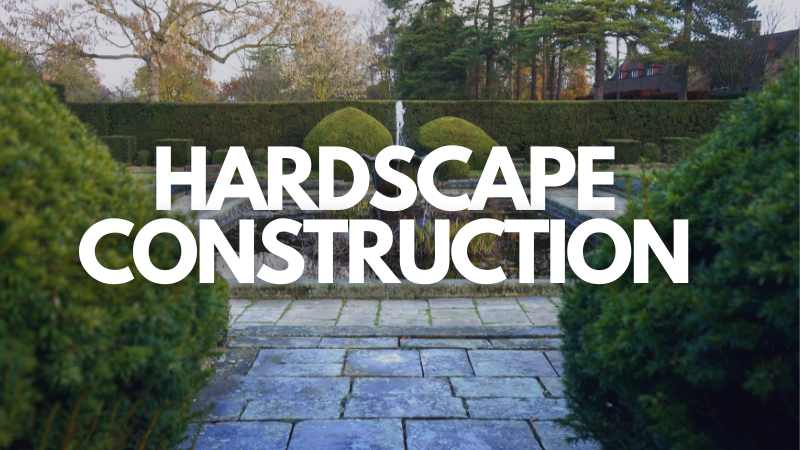
Conclusion
In conclusion, hardscape construction involves creating non-living elements using concrete, brick, and natural stone in outdoor spaces. Standard hardscape features include patios, walkways, and retaining walls, which can develop practical spaces and add visual appeal to your outdoor area.
There is a significant difference between hardscaping and landscaping, with hardscaping involving non-living elements. In contrast, landscaping utilizes living elements like plants and grass to enhance your outdoor space’s overall look and feel.
Hardscaping and landscaping can add value to your property, but working with a trusted contractor is essential to ensure proper installation and minimize softscape maintenance.
Many types of hardscaping are available, including outdoor fireplaces, water features, and custom fire pits. Using various materials such as natural stone, brick, and flagstone patios can create beautiful and functional walkways and patios, while low retaining walls can be used to prevent soil erosion and create defined spaces.
To prepare for a hardscaping project, plan, determine your budget, consider practical concerns, obtain necessary permits, prepare the site, and work with a trusted contractor with years of experience in hardscaping services.
Hardscaping is a valuable investment for homeowners looking to enhance their outdoor living spaces, but proper planning, preparation, and installation are crucial to ensure a successful project outcome.
Work with a trusted contractor to create a well-designed and functional hardscape that adds value to your property and enhances your outdoor living space.

